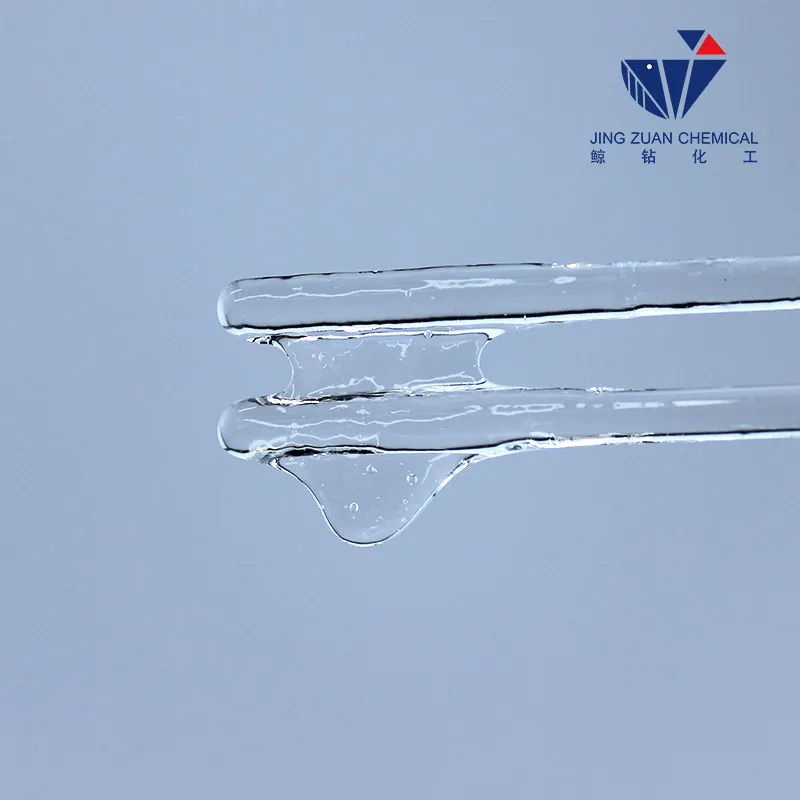
Dec . 05, 2024 03:44 Back to list
hpmc grades and uses
HPMC Grades and Their Uses
Hydroxypropyl Methylcellulose (HPMC) is a versatile cellulose ether derived from natural cellulose. Due to its unique properties, HPMC is widely used in various industries, including pharmaceuticals, food, cosmetics, and construction. Understanding the different grades of HPMC and their applications is essential for selecting the appropriate type for specific uses.
What is HPMC?
HPMC is a non-ionic polymer that is soluble in water and forms a gel when diluted. Its production involves the etherification of cellulose, leading to a compound that has distinct properties based on the degree of methyl and hydroxypropyl substitution. These modifications impart a range of functionalities, making HPMC a valuable ingredient in various formulations.
HPMC Grades
HPMC is categorized based on several factors, including viscosity, substitution level, and solubility
. The most common classifications include1. Low-Viscosity HPMC These grades typically have a low molecular weight and a viscosity range of 100 to 1000 mPa·s. They are primarily used in applications where a thinner consistency is required, such as in paints, coatings, and some pharmaceutical formulations.
2. Medium-Viscosity HPMC With a viscosity range from 1000 to 5000 mPa·s, medium-viscosity HPMC offers greater thickening and gelling properties. It is commonly used in food products, cosmetics, and as a binder in pharmaceutical tablets.
3. High-Viscosity HPMC This grade has a viscosity exceeding 5000 mPa·s and is utilized in formulations that require enhanced binding, thickening, or emulsifying properties. High-viscosity HPMC is often employed in construction materials, including mortars and adhesives.
4. Specialty HPMC Grades These include customized HPMC formulations designed for specific applications, such as low-dust HPMC for ease of handling and enhanced flowability in powder formulations.
hpmc grades and uses

Applications of HPMC
The diverse grades of HPMC facilitate its use across several industries
1. Pharmaceutical Industry HPMC acts as an excipient in drug formulations, providing binding properties in tablets and controlled-release characteristics in capsules. Its ability to create a gel in the gastrointestinal tract ensures a sustained release of the active pharmaceutical ingredient (API), improving therapeutic efficacy.
2. Food Industry In food products, HPMC serves as a thickener, stabilizer, and emulsifier. It can be found in sauces, dressings, and dairy products, where it aids in maintaining texture and consistency. HPMC’s non-allergenic nature makes it an ideal ingredient for gluten-free products, enhancing mouthfeel and shelf life.
3. Cosmetics and Personal Care HPMC is widely used in skincare products, hair gels, and shampoos. Its thickening properties provide a desirable texture while enhancing the stability of emulsions. Additionally, HPMC can serve as a film-forming agent, improving the adherence of products to the skin or hair.
4. Construction Industry In building materials, HPMC is a key ingredient in cement, plaster, and adhesives, contributing to improved workability, water retention, and adhesion properties. Its inclusion enhances the performance of these materials, resulting in better durability and finish.
5. Agricultural Applications HPMC is also employed in agricultural formulations, where it acts as a thickener and suspending agent in pesticide and herbicide products. Its ability to improve the stability of these formulations leads to better application and effectiveness.
Conclusion
Hydroxypropyl Methylcellulose is a dynamic polymer with a range of grades tailored to various applications. Its versatility makes it an indispensable component across multiple industries, demonstrating its utility in everyday products. Understanding the specific properties and suitable applications of different HPMC grades allows manufacturers and formulators to harness the full potential of this remarkable compound. As industries continue to evolve, the demand for specialized HPMC formulations is likely to grow, ensuring its relevance in future developments.
-
Versatile Hpmc Uses in Different Industries
NewsJun.19,2025
-
Redispersible Powder's Role in Enhancing Durability of Construction Products
NewsJun.19,2025
-
Hydroxyethyl Cellulose Applications Driving Green Industrial Processes
NewsJun.19,2025
-
Exploring Different Redispersible Polymer Powder
NewsJun.19,2025
-
Choosing the Right Mortar Bonding Agent
NewsJun.19,2025
-
Applications and Significance of China Hpmc in Modern Industries
NewsJun.19,2025







